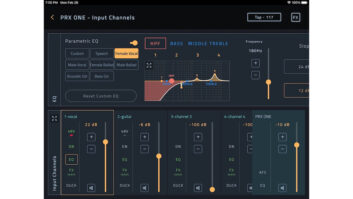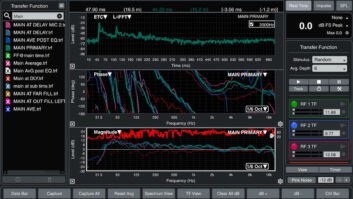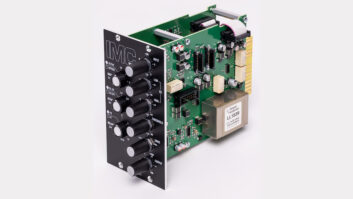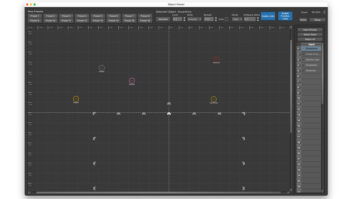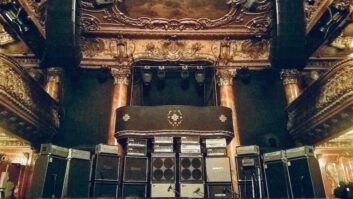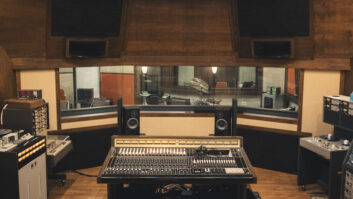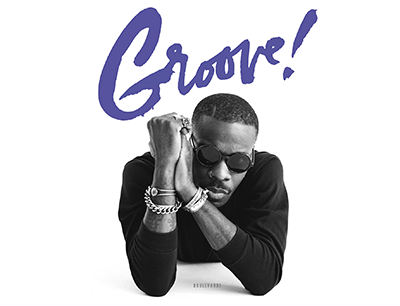
The authentic spirit of funk lives in Raleigh, N.C.’s, Jamil Rashad, aka Boulevards. The songwriter has defined ideas for delivering the essence of funk, first for his 2015 self-titled EP, and now for his full-length, Groove! Rashad trolled the Internet to find his musical soulmates, Rollergirl, aka Adam Rich, and Taste Nasa, aka Leroy Clampitt.
“I want to make funk and disco in a pop format,” says Rashad. “I try not to overcomplicate things when I’m writing. I send [Rich and Clampitt] records I’ve been studying, demos of a cappellas I do in my bathroom, and they make them into something.”
For Clampitt, who produced and/or co-wrote more than half of Groove!, the songs were worked on in different settings. First in his home studio in Los Angeles’ Echo Park neighborhood, where the frequencies of a local Mexican pirate radio station bled into his bass recording—he has a jazz degree in bass from the defunct New Zealand School of Music in Albany.
“Unless you bend your lead in the right way so it stops becoming an antenna, your speakers will play back this radio station,” says Clampitt, who uses a 1983 student Fender Bullet bass into a Joemeek VC3Q. “I figured out a way of putting this cigarette lighter under my lead so it would bend into the compressor. It was really bad for the compressor, but it worked.”
The second location for Clampitt is Bevan Galbraith’s Bagnall Hill Studios in Te Pahu, New Zealand. Here, Clampitt had access to the custom-made Ekadek Dual Channel 535 Neever Mic DI Amp made from a classic Neve console belonging to a television studio. The third place he recorded was at Honua Music in Los Angeles, in Westwood, far away from Echo Park.
“Trying to get a bass tone as good as [Rich] got on ‘Got To Go’ was a constant reference for me,” says Clampitt. “My favorite bass tone is on ‘Up On Your Love.’ Everything, apart from one clap sample, I played and recorded through the same tape machine. I had no idea what I was doing. I figured I’d mess with it in Pro Tools later. I don’t boost anything; just take out the frequencies that piss me off. I use sidechain compression a lot, not creatively, just to get the bass out of the way of the kick. Working in a hybrid scenario naturally gets you a sound without messing with audio too much.”
